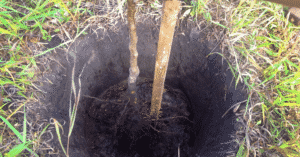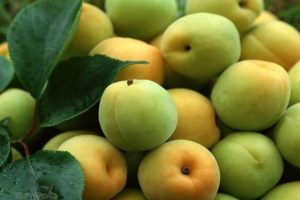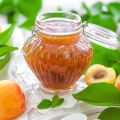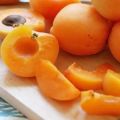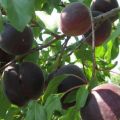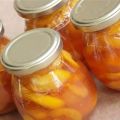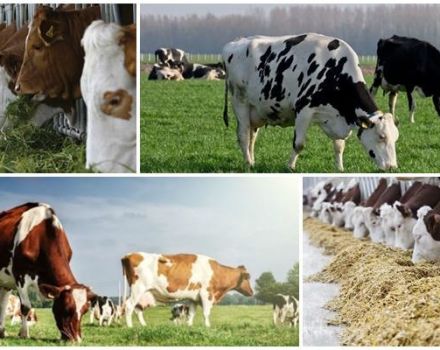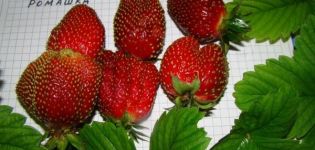Characteristics of the variety of apricots Rattle, description of advantages and disadvantages, yield
Apricot variety Rattle was specially bred for growing in temperate climates. Refers to self-fertile. The stone in the fruit is free and, when shaken, rattles like a rattle. Because of this feature, the apricot acquired its interesting name. The fruit tree takes root well in cold climates and produces a good harvest under unfavorable conditions.
Description of the variety
The rattle belongs to the mid-late varieties. Depending on climatic conditions, fruits ripen at different times. In hot summers, the harvest is harvested at the end of July, in cold ones - in September.
Description of the variety:
- the height of the tree is not more than 4 meters, so the plant is classified as medium-sized;
- spherical crown, rare;
- buds of medium winter hardiness;
- fruit weight 50 g;
- good transportability of the crop;
- the pulp is orange, firm, sweet;
- self-fertile variety;
- tolerates drought and frost well;
- high-yielding;
- long storage time of fruits.

Enlarge shelf life of apricots can be done by wrapping each copy with paper. The procedure will help stop the penetration of substances from spoiled fruits to whole ones.The Rattle variety is undemanding to the ground. The plant is grown on any soil.
Advantages and disadvantages
The benefits include:
- high taste of apricots;
- self-fertility of the variety;
- stable large fruits;
- high and consistent yield;
- winter hardiness;
- high drought resistance;
- universal use of the crop;
- excellent transportability.

Disadvantages:
- long period of entry into fruiting;
- predisposition to fungal diseases.
Newly planted seedlings and young trees require shelter in regions with harsh winters, as they do not have good frost resistance.
Specifications
Due to its medium height and non-thickened crown, the plant looks compact and decorative. A large number of apricots ripen on each branch, so it is required to put props under them.
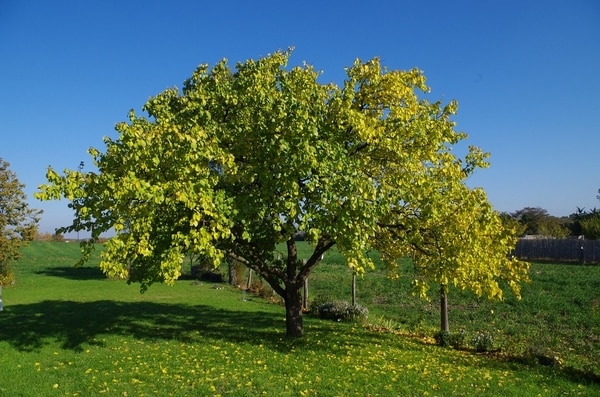
Drought resistance, frost resistance
The variety is distinguished by high winter hardiness not only of the tree, but also of the flower buds. Apricots are drought-resistant and tolerate the absence of moisture painlessly.
Pollination, flowering and ripening times
The variety is self-fertile, so no pollinators are required. The plant begins to bloom in May. The fruit ripens under favorable climatic conditions in the last week of July.
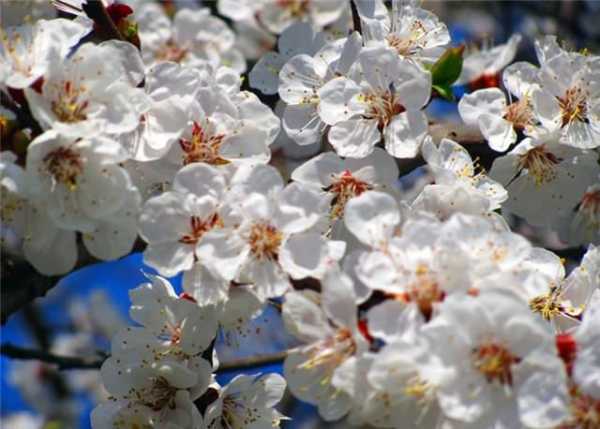
Productivity and fruiting
Summer residents will be able to enjoy the first fruits in the 5th year after planting, some specimens begin to bear fruit in the 4th year. It is recommended to remove apricots from the tree immediately after reaching technical maturity, preventing the fruits from falling off. The variety gives a bountiful harvest every year.
Disease and pest resistance
Resistance to diseases and pests is average. High humidity provokes the development of clasterosporiosis on fruits and foliage.
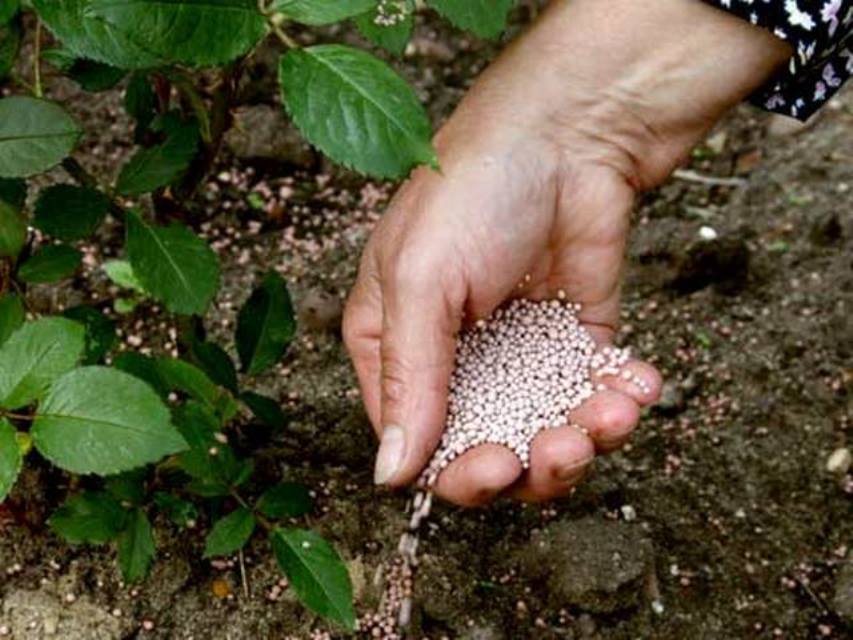
Features of planting and care
Saplings take root equally well in autumn and spring. When landing, follow the recommendations:
- The pit is prepared three weeks before disembarkation. Since the apricot has a powerful root system, capable of pushing the plant to the surface over time, they dig about a meter deep.
- The soil is mixed with mineral and organic substances and the seedling is poured into the prepared hole.
- A metal rod is inserted into the center of the recess to support the plant.
- The root collar should rise 7 centimeters above the soil surface.
- The planted seedling is tied to a support and watered abundantly.
- The landing site is chosen illuminated, dry and protected from cold winds.
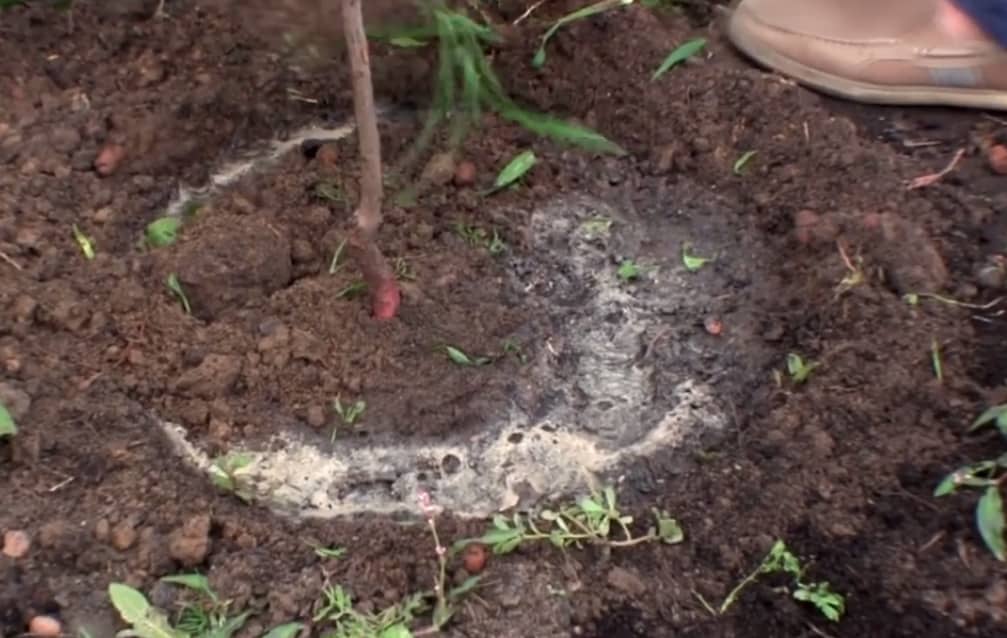
After planting, it is necessary to inspect the seedling and cut off damaged branches.
Apricot care includes:
- protection from pests;
- carrying out preventive measures against wood diseases;
- watering, watered for the first time until the inflorescences appear, then after the flowers have fallen off and 2 weeks before harvesting;
- the formation and pruning of the crown, actively growing branches are cut in the spring, and the dry ones are removed in the fall, each cut is treated with garden pitch;
- shelter from frost;
- top dressing, mineral fertilizers are fed in the spring, in the fall with a mullein, and in the summer with phosphorus-potassium substances.
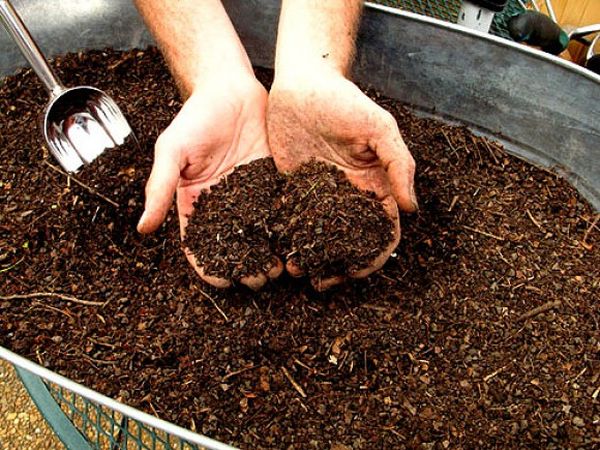
To prevent the branches from breaking from the snow in winter, they are tied with a strong rope in the fall.
Disease and pest control
Preventive treatment is an effective control method. Having spent a minimum of time on preventive measures, you will not have to fight for a long time with spreading diseases and pests.
Prevention:
- The fight against insects begins in early spring by installing a trapping belt. It helps to effectively prevent their invasion, since in the first warm days, pests begin to rise in search of food along the trunk.
- They also use insecticides to combat, which quickly rid the plant of insects. It is prohibited to process a flowering tree. Treated flowers will not produce ovaries.
- Helps to save shelter from small rodents in winter. The trunk is wrapped in burlap or covered with spruce branches.
- For plant resistance to diseases and bad climatic conditions, apricots are treated with Zircon solution in spring.
Regular removal of excess shoots and root growth helps to avoid the appearance of diseases. It is also necessary to collect and destroy fallen leaves in time, in which pathogenic bacteria and pests are bred.
